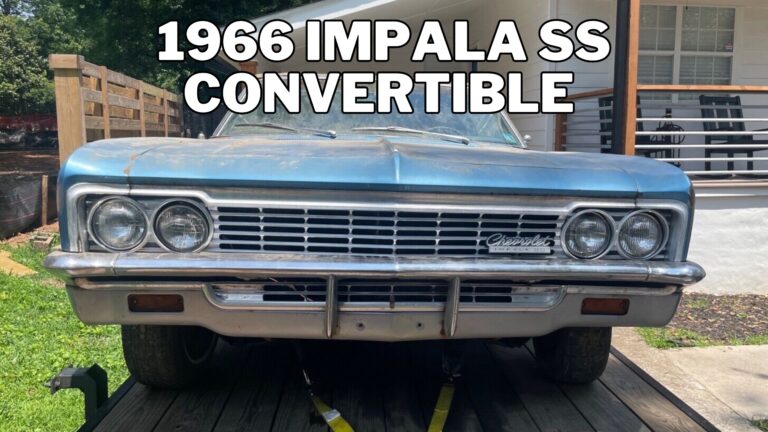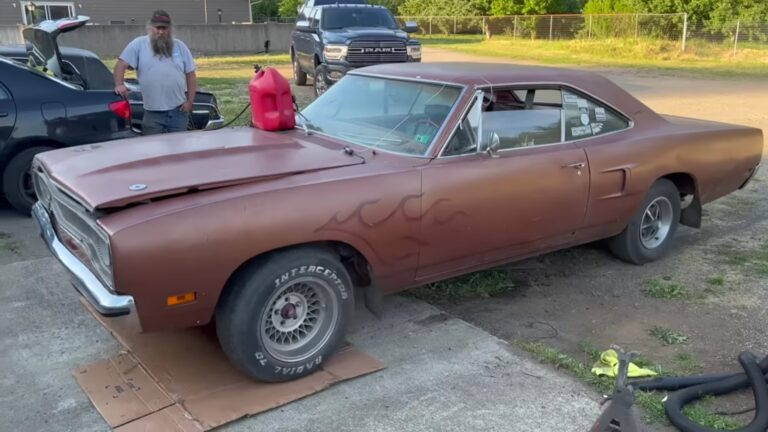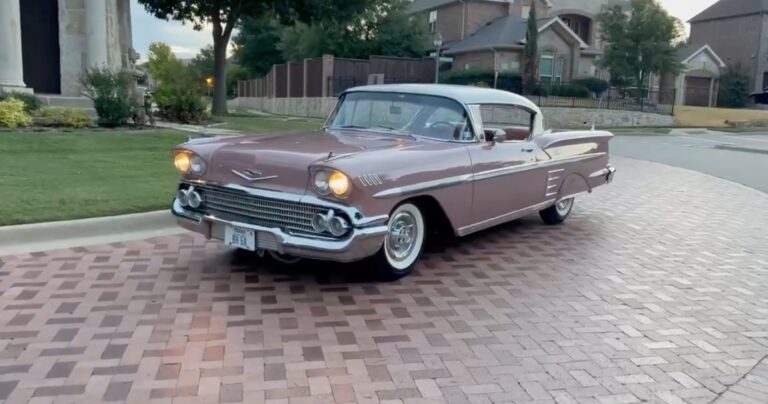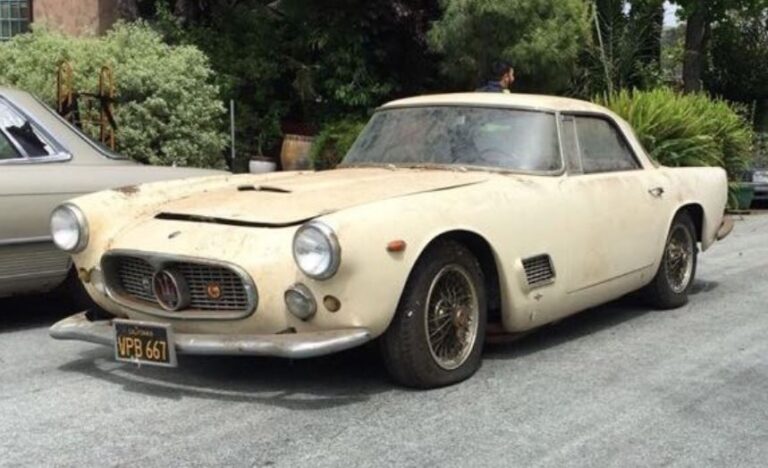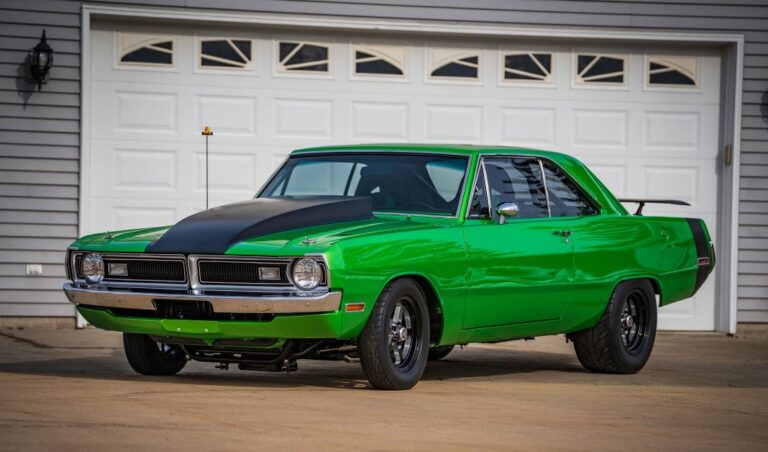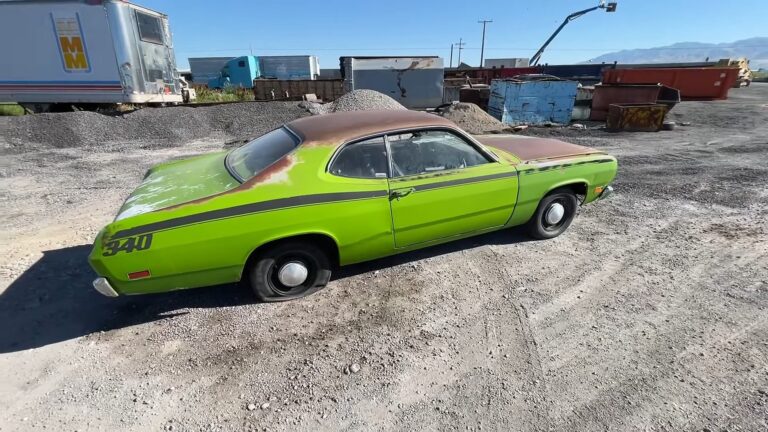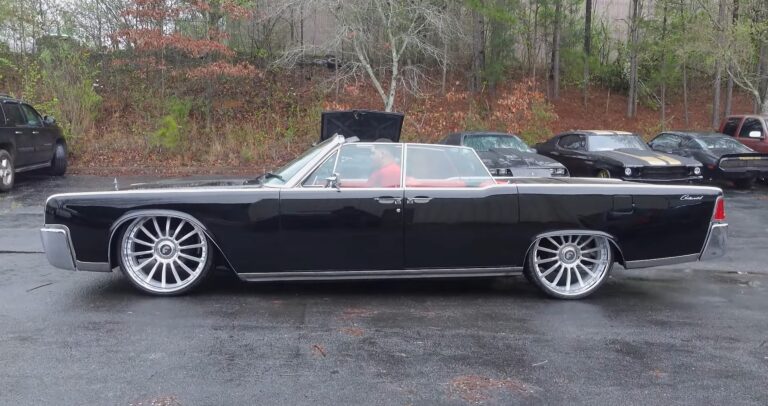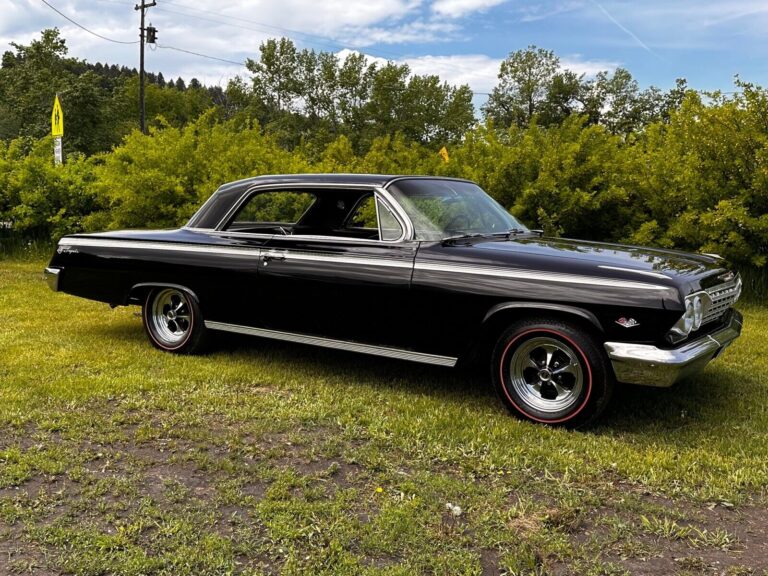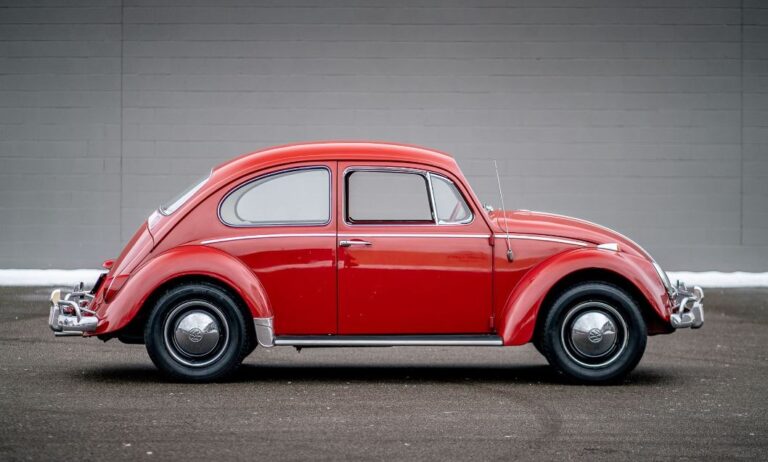Plymouth masterminds took great pride in their engineering when they put the Road Runner on… well, the road in 1968. Mopar’s copywriters called the new muscle car “the missing link,” but not in a fossil-hinting manner. Quite contrarily, the fast bird was the perfect compromise between road tenure and track performance (or so Chrysler’s execs firmly affirmed). They weren’t wrong, and this old 1970 RR that’s been sitting for 32 years is solid proof of that concept.
The road runner was built as a no-frills, no-nonsense road performer, with little else in mind except beating the other guy across whatever distance was available. To fit the purpose, wrench-wielding magicians from Detroit’s smallest of the Big Three cut deep and mercilessly.
They threw out anything unnecessary – like hand-rubbed, fake Ukembeki wood, Buck Rogers signature-model seats, lavish adornments, brightwork, and expensive interior decorations. In their piston-headed generosity, they left in seats (plural, as in all of them), gauges, and window cranks. Also, they allowed the doors to open and close instead of welding them shut (Super Stock style).

That’s not to say the car was about as welcoming as a surfboard; it just eliminated everything that stood in the way of that “bare-bone performance with a road-legal sticker on it” mantra. Mopar focused on the business ends of the Road Runner instead of boasting meaningless (from a speedway perspective) add-ons that don’t cut tenths from the quarter-mile times.
The result was a low-price, high-performance automobile suited for anyone with a summer job and a high-octane V8 addiction. With around $3,000, a hardcore pedal-to-the-metal loyalist could suddenly smoke the rear tires – and competition – without as much as flinching.
The Road Runner initially offered two engine options – the 383 (6.3-liter) V8 and the 426 HEMI. That was for 1968, the first year of the first generation. In 1969, the car received the top-of-the-displacement-heap 440 (7.2-liter) with its triple dual-barrel carburetors.
The same firepower was available in 1970 when this magnificently battered example rolled off the assembly line. And, in the purest of Road Runner fashions, it received drag racing responsibilities before being retired in storage in 1991.
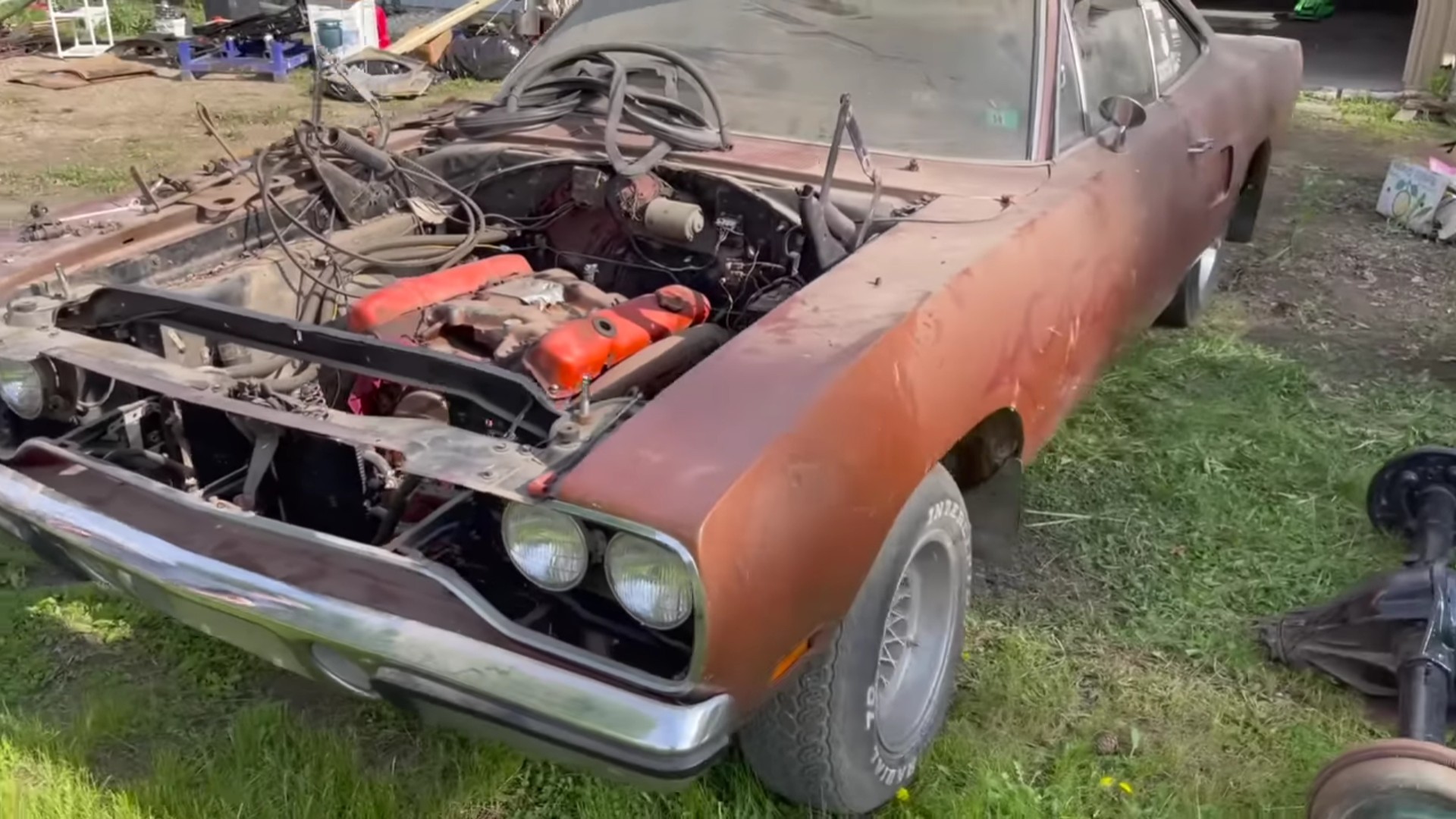
That’s the same year Dessert Storm took place – for historical reference – but the three decades since then appear to have been kind to the car. Although the video – courtesy of Dead Dodge Garage’s host Jamie Attwood – shows something else entirely, the story isn’t as saddening as it first appears.
There is a 440 motor under the hood scoop (the cool-air grabbing vacuum-actuated pop-up type), but it’s not the original one. And that blasphemy of a carburetor and intake manifold isn’t staying in the car much longer.
This drag-raced 1970 Plymouth Road Runner has its original high-performance V8 (stored separately) and the rest of the muscle goodies. And the crankshaft worshippers from Dead Dodge garage will install it on the car.
After all, what better compliment for that original Dana 60 4.10:1 rear end that proudly sits on the rear axle than its factory-matched powerplant? Granted, this bird is still rare, given the three-speed automatic transmission (that doesn’t hold its fluids very well for now). Out of the 41,484 Plymouth Road Runners built for that model year, just 433 were hardtops with automatics.
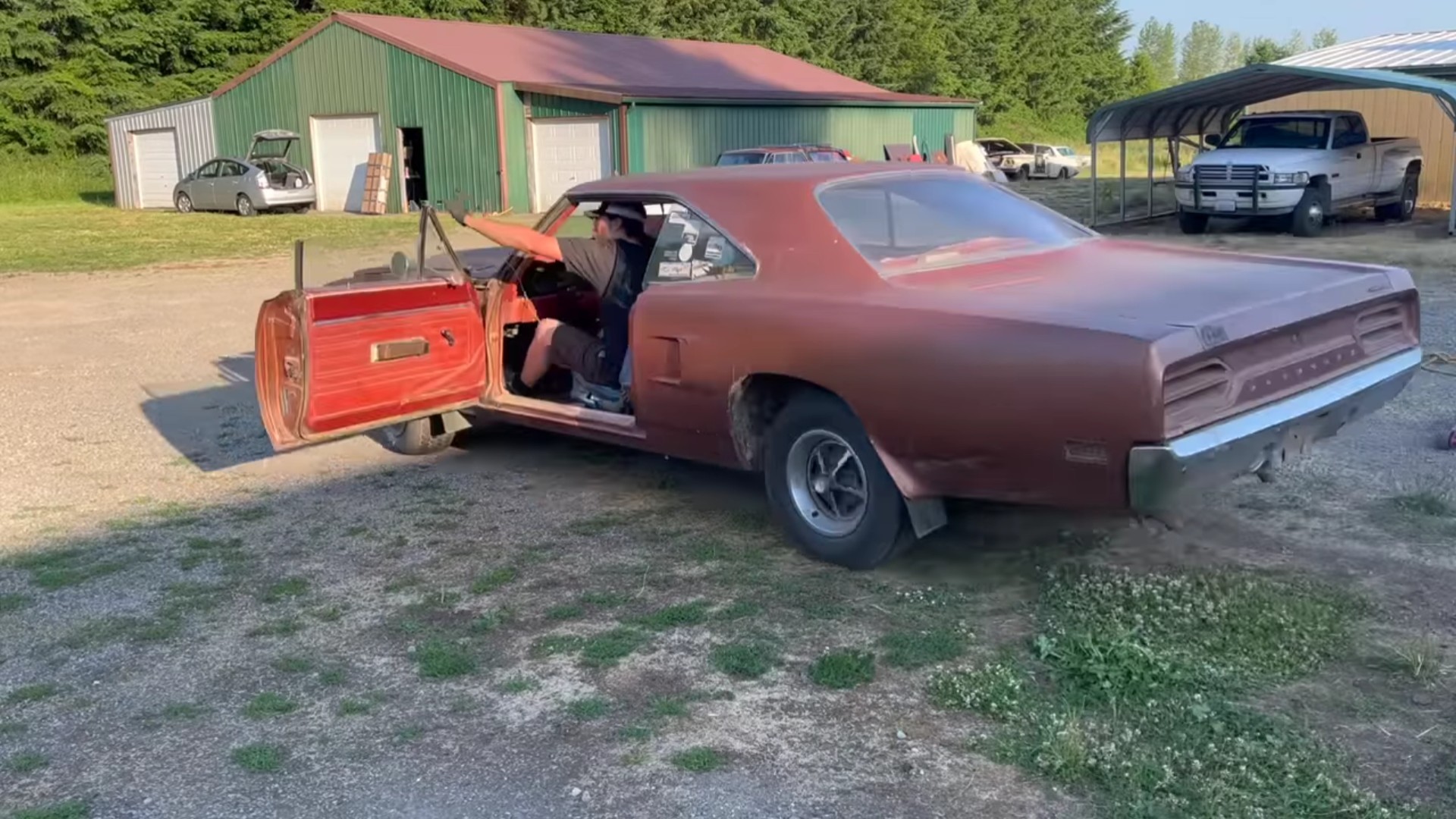
One in about a hundred – that’s a rare car by anyone’s standards. Furthermore, our particular example – now covered in a dark orange hue, was originally black (the firewall is proof of that), with a stripe delete option. An 8-track radio, a tic-toc-tach, and a black vinyl top were the options listed for this car when it was ordered new.
As the owner of this nice barn rescue says, it’s the perfect Road Runner. Although there are numerous issues with it now, the perspective is bright. There is a pinch of rust here and there – then again, what half-century car with three decades of shed retirement doesn’t oxidize? – but overall, the car is in good shape.
At one point in its drag-infused life, it had a nose-bending incident, and the dual exhaust pipes running under its floor are firmly pressing against the torsion bar. All the more reasons for any gearhead to look forward to its resuscitation – the object of future vlogs from the Dead Dodge Garage Moparists.
This 1970 Plymouth Road Runner came out onto the arrow-straight strips of life with Chrysler’s big gun motor, the 440 CID V8. Sales literature of the day boasted the six-barrel, eight-cylinder ogre as a brand-new, limited-production engine for the year.
Thanks to the triple carburetors, the Wedge (offered as an option for the Road Runner) churned out 390 horses at 4,700 RPM and 390 lb-ft of torque at 3,200 RPM. (That’s a gross 395 PS and 664 Nm). Plymouth sales literature recommended the engine “for sanctioned events” (and they didn’t have a beauty pageant in mind).
